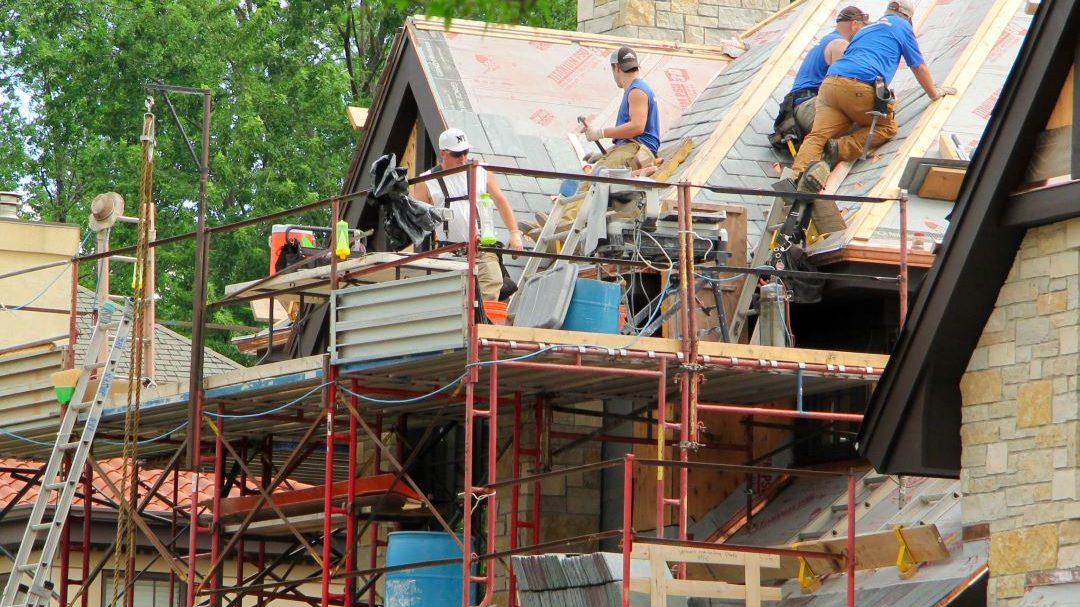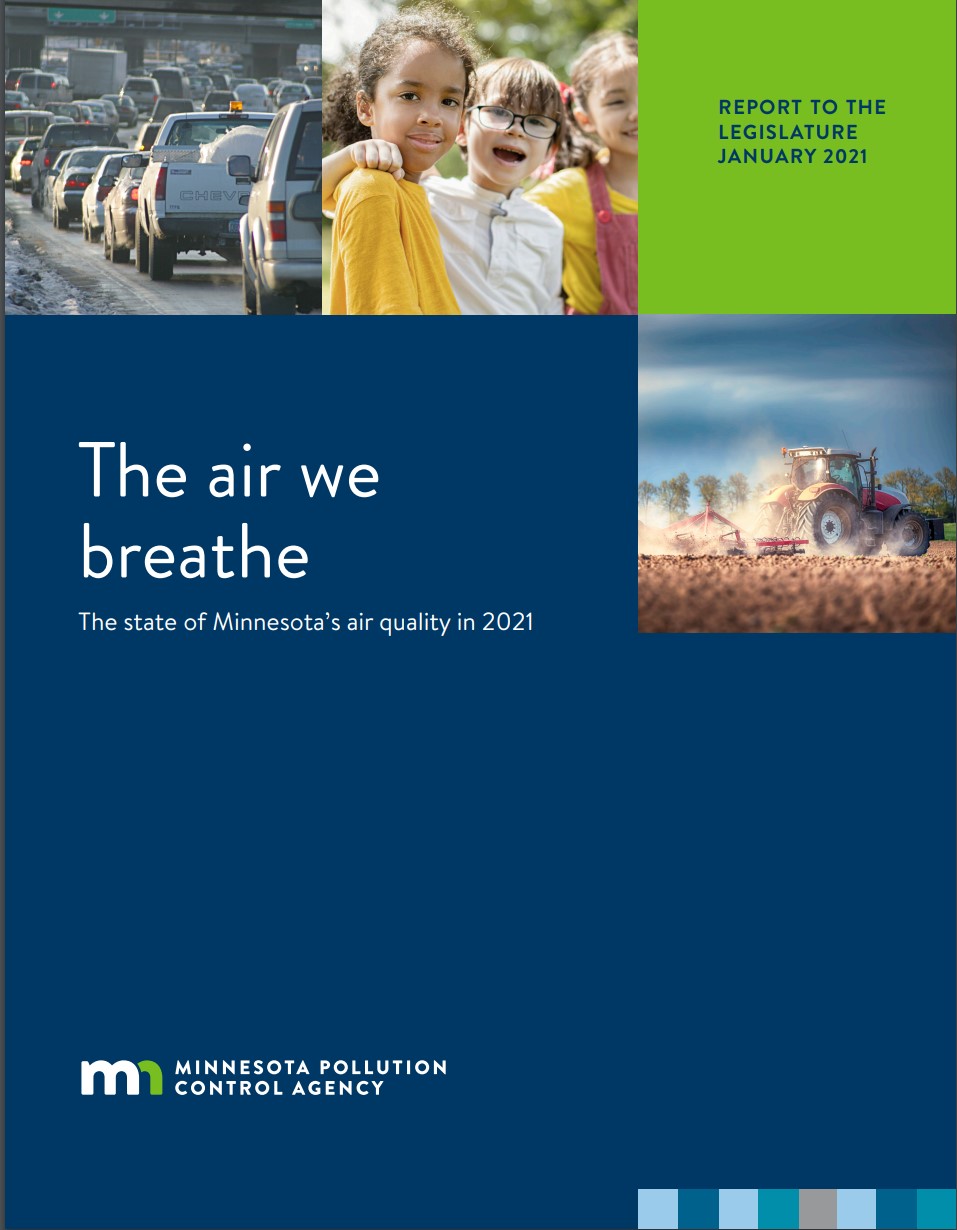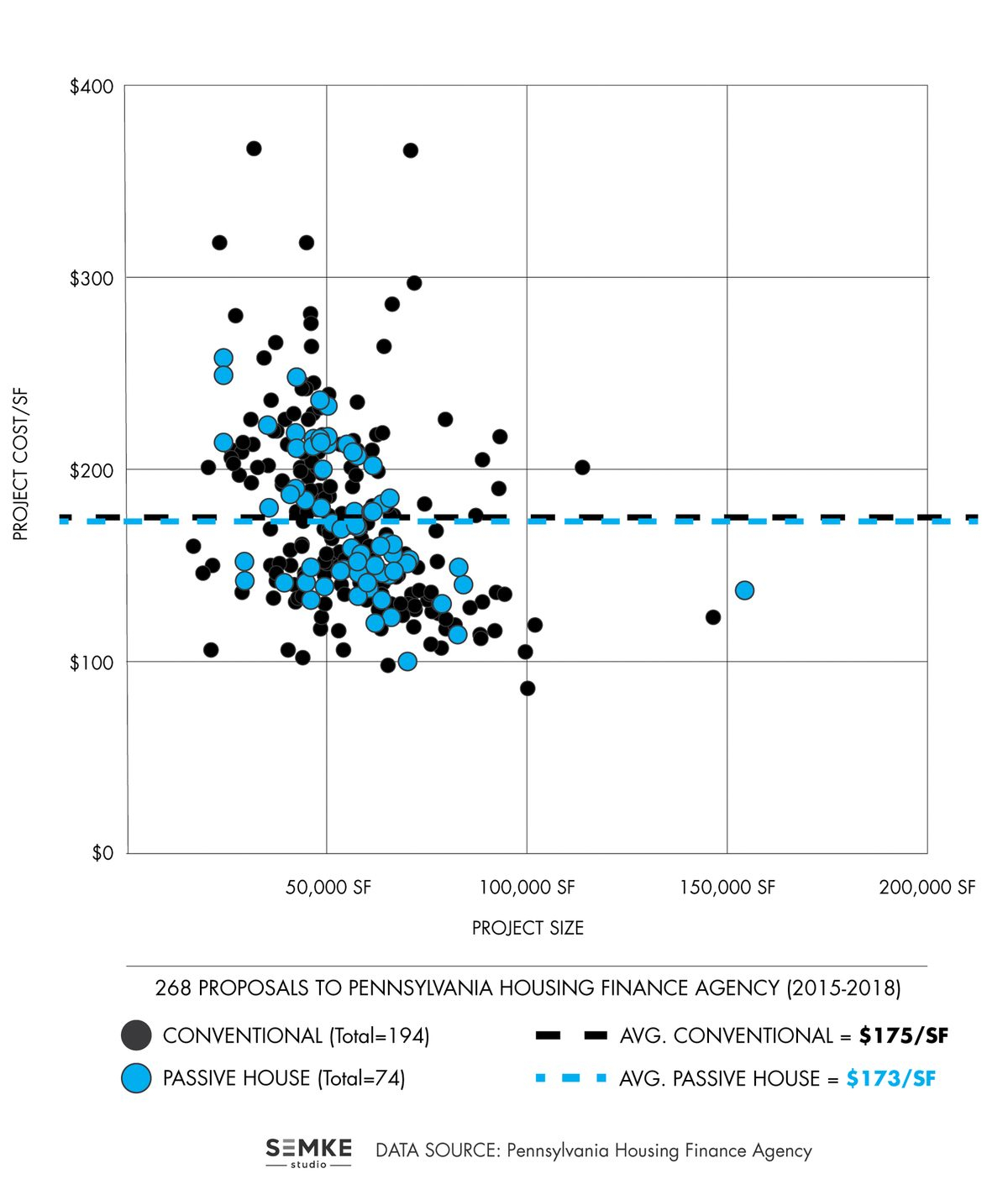How Minnesota’s QAP can advance clean energy goals

Minnesota is working hard to create more affordable housing. But, if we build structures that are not super-efficient and healthy, residents will be saddled with high energy bills—and we will miss an opportunity to improve our built environment, a top source of carbon emissions in the state and the place we spend the most time in, making its health impacts equally important to consider. The buildings we construct now will be with us for decades to come, so it’s crucial that we ensure the most efficient, healthy, and affordable next generation of buildings are constructed.
A key way to influence the kind of affordable housing being built is to hold owners and developers of eligible low-income housing to specific standards. That’s where the “Qualified Allocation Plan” process comes in.
Fresh Energy is plugged in and collaborating with partners to ensure our state achieves truly healthy, affordable housing by actively engaging in Minnesota’s Qualified Allocation Plan (QAP) process. The QAP is a federal plan that was first launched in 1986 and has for nearly four decades informed how affordable housing developers around the country can receive Low-Income Housing Tax Credits (LIHTC)—which go a long way in cutting the costs of a project and getting it built. In other words, how these tax credits are distributed greatly influences what actually gets built for affordable housing.
As part of the federal LIHTC program, each state that allocates these types of tax credits must have a QAP that describes the state’s priorities and criteria for awarding credits. QAP criteria vary by state according to what elements of the state’s affordable housing portfolio are being prioritized. This blog post will dig into Minnesota’s QAP process and the joint comments that Fresh Energy and partners submitted to Minnesota Housing, the state’s housing finance agency, during the most recent QAP public comment cycle in July of 2022.

Minnesota’s Qualified Allocation Plan (QAP) process
Minnesota Housing is required to release a draft QAP to the public every two years and allow time for public review and comment. The current QAP draft was released in June 2022 and will apply to 2024-2025. The goal is for Minnesota Housing to have a final QAP by the end of 2022 so that affordable housing developers can apply in 2023 for the 2024 housing tax credits. Fresh Energy and partners proactively engage in this process by submitting formal comments, because the QAP is a crucial tool to influence and drive Minnesota Housing’s longer-term clean energy priorities.
In Minnesota, when a developer applies for Low Income Housing Tax Credits, they must determine how many “points” their project has using a Self-Scoring Worksheet (this is the proposed 2024-25 Self-Scoring Worksheet) while also adhering to the Minnesota Overlay and Guide to the Enterprise Green Communities Criteria, which outlines additional sustainability requirements for developers that receive financing from Minnesota Housing. In a nutshell, the more points a developer’s project has, the more likely they are to get a tax credit.
Past QAP impact
In 2020, Fresh Energy engaged and filed comments in Minnesota Housing’s QAP process which resulted in the agency adopting some key policies for under-resourced communities, clean energy, and pollution reduction ahead of the 2022-2023 QAP. As a result of Fresh Energy’s advocacy in 2020, Minnesota Housing took great strides in increasing the accessibility of the LIHTC application process while simplifying it and making it more inclusive for priority communities and projects.
For the 2022-2023 QAP, Minnesota Housing simplified and prioritized applications for projects serving survivors of domestic violence, individuals with disabilities, Native tribes and peoples, small and rural communities, and individuals facing housing insecurity. This change reinforced Minnesota Housing’s focus on serving people facing the largest barriers to housing and reducing unnecessary administrative burdens. Additionally, a category name was changed in the application from “Minority-owned/Women-owned Business Enterprise” to “Black, Indigenous, and People of Color-owned/Women-owned Business Enterprise” to intentionally make the application more respectful and inclusive.
The process was also updated to prohibit the disqualifications of applicants based on credit and rental history, a change that reduces the barriers to housing that may have an unintentionally discriminatory impact while strengthening protections for renters in the private market.

Another notable change came on the construction side of the process. Minnesota Housing made elements of the “Healthier Material Selection” section from the 2020 Enterprise Green Communities (EGC) criteria mandatory rather than optional (see Criterion 6.4 on page 120 of the document). These criteria guide affordable housing developers in green building practices, which includes creating a healthier indoor environment by choosing healthier building materials according to the 2020 EGC and reducing negative cumulative impacts of air pollution and other harms that persist in environmental justice communities.
Continued momentum in 2022
This year, Fresh Energy worked closely with partners to build on the momentum established in the last QAP process for our joint comments for the 2024-2025 cycle. Partnering groups included the Midwest Building Decarbonization Coalition (Midwest BDC) which covers eight states in the Midwest; Energy Efficiency for All (EEFA) funded partners Natural Resources Defense Council, Community Stabilization Project, William Weber Consulting, National Housing Trust, and Minnesota Housing Partnership; as well as Elevate, RMI, Phius, Slipstream, and Precipitate.

As clean energy advocates, the category that Fresh Energy and our partners chose to focus on in our 2022 comments was “enhanced sustainability,” which assigns a range of points to developers for committing to more ambitious green building methods, such as passive house standards. Typically in a LIHTC application, the more ambitious and “sustainable” the construction methods, the more points are assigned, to an extent.
Our comments, however, want to further differentiate these methods and, in particular, elevate passive house standards and electrification methods as more ambitious and deserving of more points than the other sustainable methods allowed—and importantly, not necessarily the most costly (see the chart from Pennsylvania Housing Finance Agency below). This was one of our major recommendations of our seven total recommendations.
Summary of our 2022 comments for the 2024-2025 Minnesota QAP:
1. Update the current QAP ranking system so the best, most efficient affordable housing buildings are prioritized.
To help accomplish this, Fresh Energy and partners recommended requiring an energy consultation or audit as a condition of eligibility for Housing Credits for the rehabilitation process, which would identify opportunities for maximum cost-effective energy savings and benefits. Along with this, we recommended awarding more points to developers who include measures from the audit in the scope of their work.
We also recommended increasing the number of certification pathways available, and assigning more points to some of them, because some of the pathways contractors can take in a building construction and rehabilitation are more rigorous and involved than the current pathways and are therefore deserving of more points.
2. Prioritize projects that plan for full electrification.
It’s imperative that the next wave of housing projects be electrification-ready at a minimum. To encourage this, Fresh Energy and our partners recommended more QAP award points go to projects that fully electrify—including electrification of heating and cooling, hot water, and cooking appliances.
If adopted, this recommendation would deliver climate, health, and economic benefits to Minnesotans while at the same time addressing a major source of indoor and outdoor air pollution. Full electrification is a necessary measure to help Minnesota meet its climate goals of reducing carbon emissions. Further, electrification supports Minnesota Housing’s vision, values, and strategic objectives. However, a crucial element of electrification is to prevent costs for residents that create a higher energy burden, so we recommend developers to work cooperatively with agencies like Minnesota Housing, local governments, energy assistance providers, and more to ensure residents do not bear the cost burden of energy efficiency and electrification measures.
3. Continued engagement with potential applications and further reduction of the administrative burden for those who apply.
Currently, Minnesota Housing’s sustainability requirements for projects are included in several locations across the agency’s website and within several separate documents. This makes finding this information and navigating the application process cumbersome, which could deter some developers from pursuing sustainability measures. Fresh Energy and our partners recommended Minnesota Housing simplify or consolidate the system to reduce the administrative burden and streamline the process so that deeper sustainability measures are more easily understood and undertaken by developers.
4. Increase the value of the QAP process by driving community-forward policies.
Fresh Energy and our partners identified that while it is not directly related to clean energy, providing residents of affordable housing internet or broadband service would be a valuable, equity-forward addition to the process and should be encouraged of developers. Quality long-term housing investments should include internet services to decrease the “digital divide,” an inequity that was made more apparent during the COVID-19 pandemic. Additionally, we recommended that Minnesota Housing also require applying developers to complete the entire “Materials” section of the EGC; after all, the construction materials that developers plan to use can absolutely support healthier indoor air quality and environments.
What’s next in the QAP process?
In early February 2023, the Walz Administration approved the 2024-2025 QAP, which notably included our feedback to allocate more points for projects that pursue more ambitious clean energy measures. It’s crucial that state agencies like Minnesota Housing align their values with the state’s overarching clean energy and climate goals—and that these goals are clearly reflected across all state agency policies.
Reducing emissions in buildings, especially in affordable housing which benefits the most underserved communities of Minnesota, is an essential step in achieving our state’s climate goals represented in the Climate Action Framework. We are especially proud of the unprecedented collaboration and effort put forward by Minnesota advocates and broader Midwestern partners to advance the development of clean, healthy, efficient, and affordable housing in Minnesota. Stay tuned for more!
Learn more about Minnesota’s QAP process.
